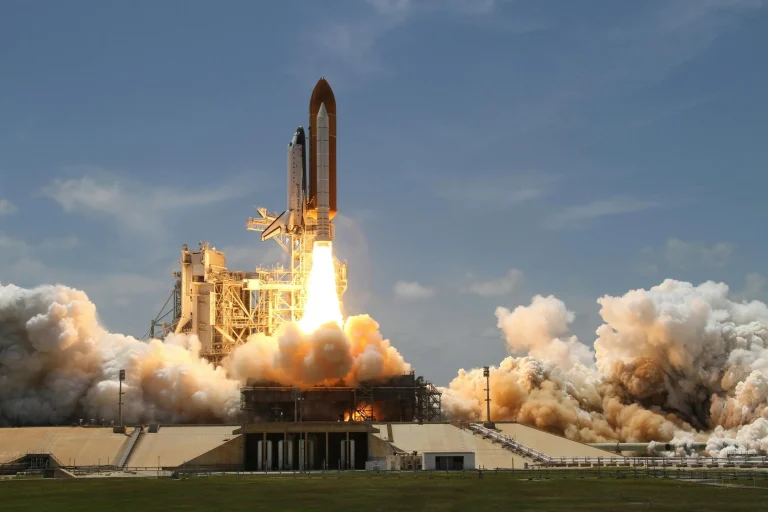These partnerships focus on developing advanced technologies that enable small spacecraft to perform missions more efficiently and at a lower cost. By fostering this ecosystem of cooperation, NASA aims to strengthen the United States’ position as a global leader in space exploration and technology.
Why Collaborate?
Space exploration has always been a complex and costly endeavor. As mission requirements evolve and become more ambitious, NASA recognizes the need to harness the expertise and innovation found outside its own walls. Industry and academia bring fresh ideas, cutting-edge technologies, and research capabilities that complement NASA’s objectives.
By partnering with these external organizations, NASA can accelerate the development of technologies that might otherwise take years to mature. This collaborative approach enables quicker prototyping, testing, and deployment of solutions essential for the next generation of space missions.
Focus on Small Spacecraft and Efficiency
One of the primary areas of innovation is in small spacecraft technology. Small satellites and spacecraft are revolutionizing space exploration due to their lower cost, faster development cycles, and versatility. These smaller platforms allow NASA and its partners to conduct scientific missions, technology demonstrations, and commercial activities that were previously cost-prohibitive or logistically challenging.
The collaborations aim to develop technologies that increase the efficiency, autonomy, and capabilities of small spacecraft. This includes improvements in propulsion, communication, power systems, and onboard computing. Enhanced capabilities will allow small spacecraft to undertake more complex missions, including deep space exploration, Earth observation, and planetary science.
Benefits for the U.S. Space Industry
These partnerships are not only about advancing NASA’s missions but also about building a robust space ecosystem within the United States. By supporting industry and academia, NASA is helping to create jobs, foster entrepreneurship, and encourage the growth of the space technology sector.
Startups and established aerospace companies alike benefit from NASA’s collaborations, gaining access to funding, expertise, and testing facilities. Academic institutions also play a crucial role by training the next generation of space scientists and engineers, ensuring a continuous pipeline of talent to support the industry’s growth.

Examples of Collaborative Efforts
NASA’s recent initiatives include the Small Spacecraft Technology Program and the Tipping Point program, which invest in cutting-edge technologies developed by private companies and research institutions. These programs focus on technologies that could transform space exploration, such as advanced propulsion systems, miniaturized sensors, and autonomous navigation.
By leveraging these partnerships, NASA accelerates innovation while reducing costs and risks. The collaborative model has already led to successful technology demonstrations in orbit and promises many more breakthroughs in the near future.
Strengthening U.S. Leadership in Space
As global competition in space exploration intensifies, maintaining U.S. leadership requires continuous innovation and strategic partnerships. NASA’s collaboration with industry and academia ensures that the country remains at the forefront of space technology development.
These efforts align with national priorities to promote technological excellence, economic growth, and scientific discovery. By fostering an environment where public and private sectors work hand in hand, NASA is positioning the U.S. to lead in the new era of space exploration.
NASA’s commitment to collaborating with industry and academic partners marks a forward-thinking approach to space innovation. Through this collaborative framework, NASA not only advances its exploration goals but also strengthens the broader U.S. space industry, securing the nation’s place as a leader in space technology for years to come.
Sources: NASA Official Announcements



 Share your Details for subscribe
Share your Details for subscribe